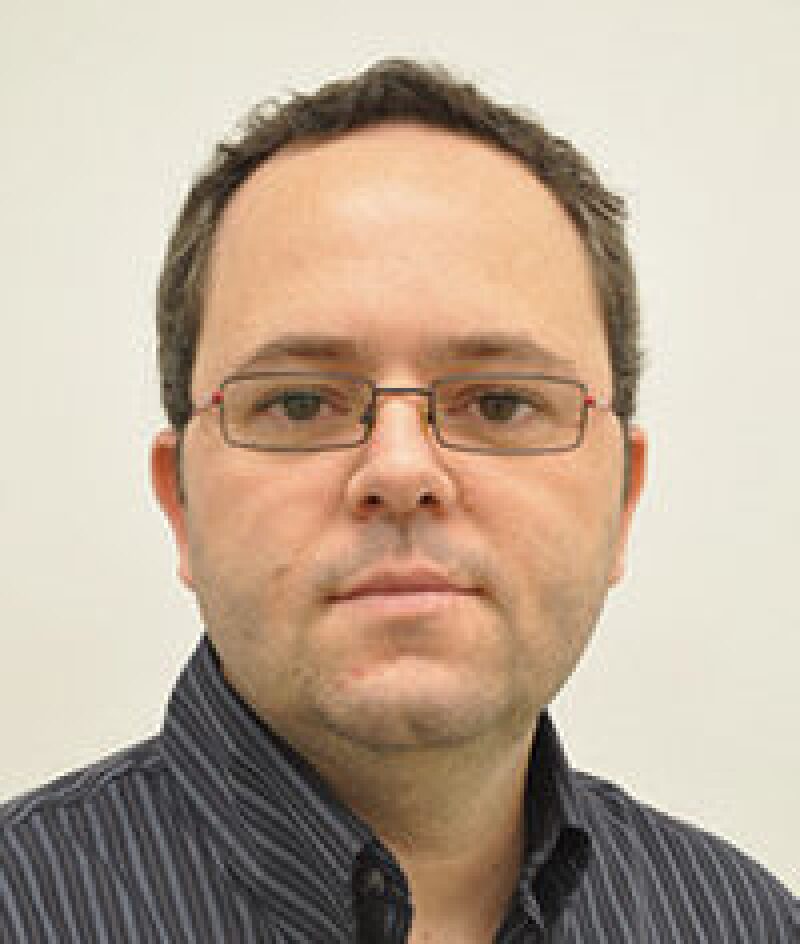Today, I am going to talk about abduction. But this is not about kidnapping or a fourth kind of extraterrestrial encounter. I am referring to the meaning of abduction in philosophy literature, where it stands for inference of the best explanation. This topic was brought to my attention by my friend Régis Romeu, former editor of this feature. We use abduction in everyday reasoning when we seek the simplest explanation for an observation. This holds similarities with the current practice of reservoir modeling. In my experience, geoscientists are trained to treat the construction of a model as a process of discovery, a process of finding the simplest, and hopefully the best, explanation for the trends and observations from static and dynamic data. Throughout this process, the geoscientist is “falling in love” with the model. It seems that, instead of the likelihood, the geoscientist’s objective function is based on the “lovelihood.”
I am not laying the groundwork for criticizing the work of geoscientists. On the contrary, I have seen colleagues build impressive models that were the foundations of billion-dollar decisions made in highly successful exploration-and-production enterprises. Nevertheless, I believe that it is worth making a counterargument to this process. (Here, I’m taking the liberty of calling the process “model abduction.”) The natural result of model abduction is a base-case model. One unfortunate consequence of a base-case model, however, is the risk of an anchoring effect, in which case we may underestimate uncertainty. Essentially, the anchoring effect refers to our tendency to rely too heavily on the information offered, introducing a bias in the model-construction process. In practice, we might neglect relevant scenarios that were not revealed at the time of the model construction because they did not fit the idea of best explanation. Sometimes, this is referred to as base-case disease. Hence, an alternative approach for model construction is based on generating diversity as opposed to focusing on the best explanation. In this sense, the two approaches seem conflicting.
My goal is not to start a controversy, and I am definitely not qualified to state which strategy is best for reservoir modeling. I do see good arguments in both approaches. But, I will venture to say that the best strategy is the one that takes the best of each approach and makes them complementary rather than contradictory.
Last year, we had a good number of exciting papers on history matching and forecasting presented at SPE events. The papers summarized in this feature and the ones indicated in the additional-reading list are excellent examples. Interestingly, we had a particularly large number of papers on 4D-seismic history matching. I selected one to be summarized. I hope you enjoy the reading.
This Month's Technical Papers
Rapid S-Curve Update Using Ensemble Variance Analysis With Model Validation
Enhancing Model Consistency in Ensemble-Based History Matching
Ensemble-Based Assisted History Matching With 4D-Seismic Fluid-Front Parameterization
Recommended Additional Reading
SPE 185877 Data Analysis Used in Multiple-Realization Work Flows for History Matching—A North Sea Case Study by R. Schulze-Riegert, Schlumberger, et al.
SPE 185800 A Simultaneous Bayesian Estimation of Channelized Facies and Reservoir Properties Under Prior Uncertainty by Yu Zhao, The University of Tulsa, et al.
SPE 186024 A Variant of Particle-Swarm Optimization for Uncertainty Quantification by V. Babin, Gazpromneft NTC, et al.


